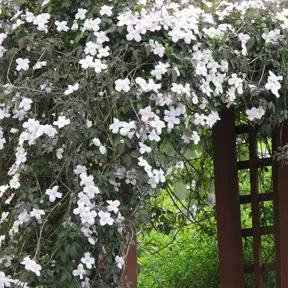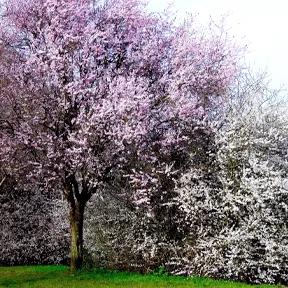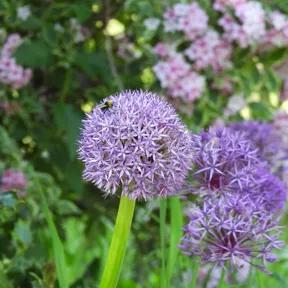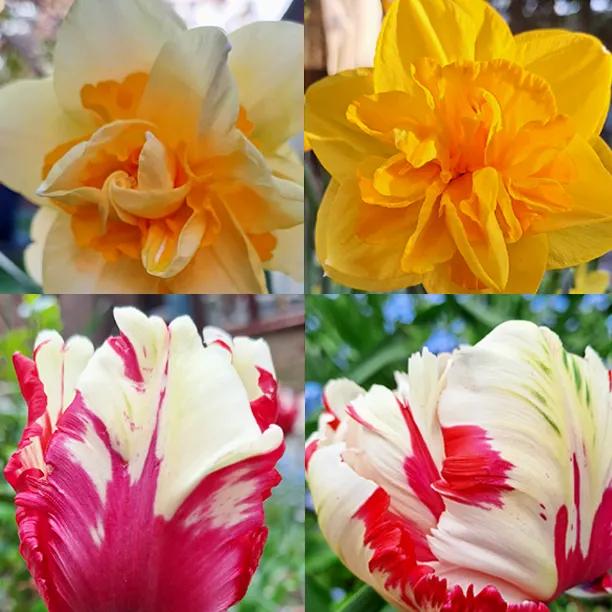Broad-Leaved Nepali Sausage Vine
Top Early Flowering Evergreen Climber
- Evergreen
- Small green-white / purple flowers Mar-May.
- Strong gardenia scent.
- Complements Trachelospermum
- Safe to eat, decorative purple fruit.
- Shade-tolerant.
- Best suited to large areas.
- Vigorous to over 8 x 8m.
Recommended extras
Description
Holboellia latifolia, Broad-Leaved Nepali Sausage Vine
A vigorous evergreen climber with clusters of small, well-scented flowers starting in May, well suited for covering large walls where it won't need to be trimmed back so often.
The decorative purple fruit are edible in the sense of "safe to eat" rather than "nice to eat", with a somewhat bitter aubergine flavour. Most people compare them to big purple testicles, which is good for conversation.
Sausage Vines pair up nicely with Trachelospermums: the lush foliage is similar and between the two you get close to six months of delicious floral aromas.
Just plant them a good distance apart so the slower growing Trachelospermum doesn't get overrun: opposite ends of a pergola or patio is great.
Features
- Evergreen
- Mix of Green-white or Purple flowers Mar-May.
- Complements Trachelospermum
- Strong gardenia scent.
- Shade-tolerant.
- Safe to eat, decorative purple fruit.
- Best suited to large areas.
- Vigorous to over 8 x 8m.
Growing Holboellia Vines
Any well drained, improved garden soil in decent sun will do if you want a good show of flowers and seed pods. The vines themselves are shade-tolerant. They are hardy, but not recommended for the colder parts of Scotland.
Your established plants will make a lot of new growth in Spring and early Summer. Trim unruly shoots back to two to four leaves from the main stem, leaving a stub that will flower the following year; if you cut it all back, you won't get flowers.
Planting Instructions
Did You Know?
Sausage Vines are from the Himalayas, called Gufala in Nepali.
Named after either Fred Louis Holboell, superintendent of Copenhagen botanic garden, or Carl Peter Holboell, a Danish naval officer.
It's Spring Planting Season 2025

Pot Grown & Plug Plants Delivered

Direct from the Nursery Value

No more broken plants in the post!


 1.webp)
 1.webp)





